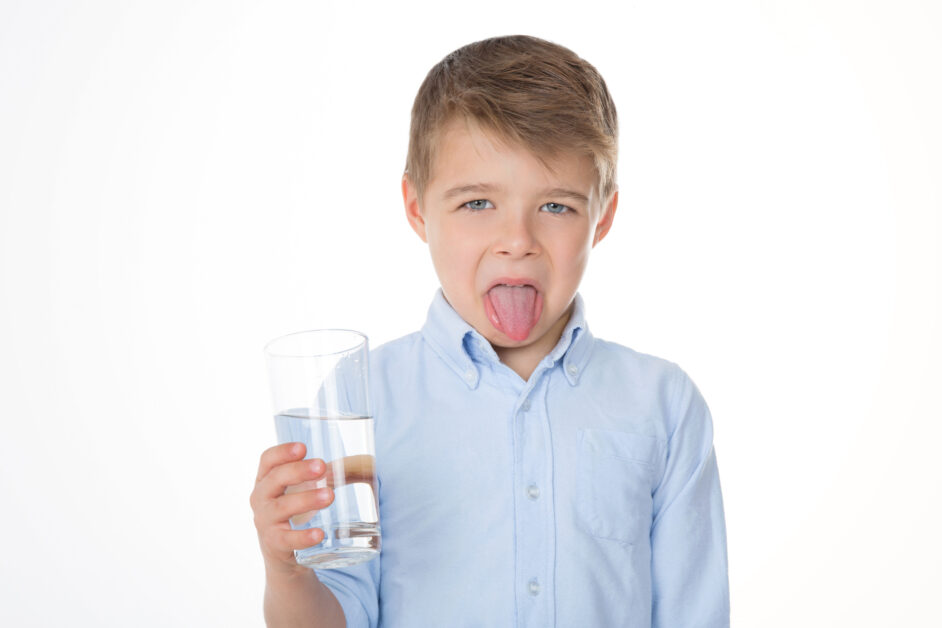Whether a home’s water comes from a well or the city, most people their drinking water is clean, healthy and safe. Even treated water can have trace amounts of chemical contaminants in it, however, which can lead to health problems over time.
Find out what’s in your water, and learn how you can provide your family with the purest and safest water possible.
Common Contaminants in Tap Water
Tap water comes from one of two sources: groundwater from artesian and deep wells, or surface water from reservoirs, lakes and rivers. Before it comes to our kitchens and bathrooms, however, tap water undergoes an extensive disinfection process designed to kill bacteria and parasites to reach what’s considered an acceptable level by federal regulations.
Even if your water leaves the source in a clean state, it travels through pipes and collects contaminants, some of which can be harmful. Toxic metal salts, pesticides, hormones or heavy metals can enter the water as it travels through the pipes as well, especially in homes built prior to 1970.
Tap water typically contains different concentrations of chlorine, fluorine, trihalomethanes, hormones, nitrates and pesticides, as well as arsenic, aluminum, copper, lead, mercury, barium, cadmium and radium salts. Though they may be in trace amounts, these contaminants keep your water from being as clean as it can be.
Your Clean Water Action Plan
Many factors affect the health and purity of your water, such as your home’s construction date and the city in which you live. Fortunately, there are several things you can do to protect your drinking water.
First, contact your local Public Water Supply to get a Consumer Confidence Report showing the contaminants in your water. If that data is insufficient, you can also have private testing done to see exactly what’s in your water.
Next, you’ll want to limit the amount of lead in your water as much as possible, which can be done a few different ways.
- Run your tap on cold if the faucet hasn’t been used in several hours.
- Use cold water for drinking and cooking, since hot water has higher concentrations of lead.
- If you have faucet strainers, clean and replace them often to keep them working properly.
- Pay attention to metallic or chemical smells or tastes in your water.
- Get a high-quality filtration or purification system to remove contaminants.
If you’re concerned about the contaminants in your tap water, you can always drink bottled water. It is more expensive, however, and not all bottled water brands use purified or natural spring water. Be sure to research the brand you choose to ensure you’re not paying more for what’s basically tap water.
Discover Water Filtration and Purification Systems at EcoWater Systems
Whether you find that your home’s water has high or low contamination, wouldn’t it be nice to have the peace of mind of knowing your water is 99.99 percent pure? At EcoWater Systems, we have a variety of home water filtration and purification systems that are tailored to your home’s unique water quality, so you and your family can enjoy the safest, cleanest drinking water possible. Contact us today to learn more about our water filtration options!

